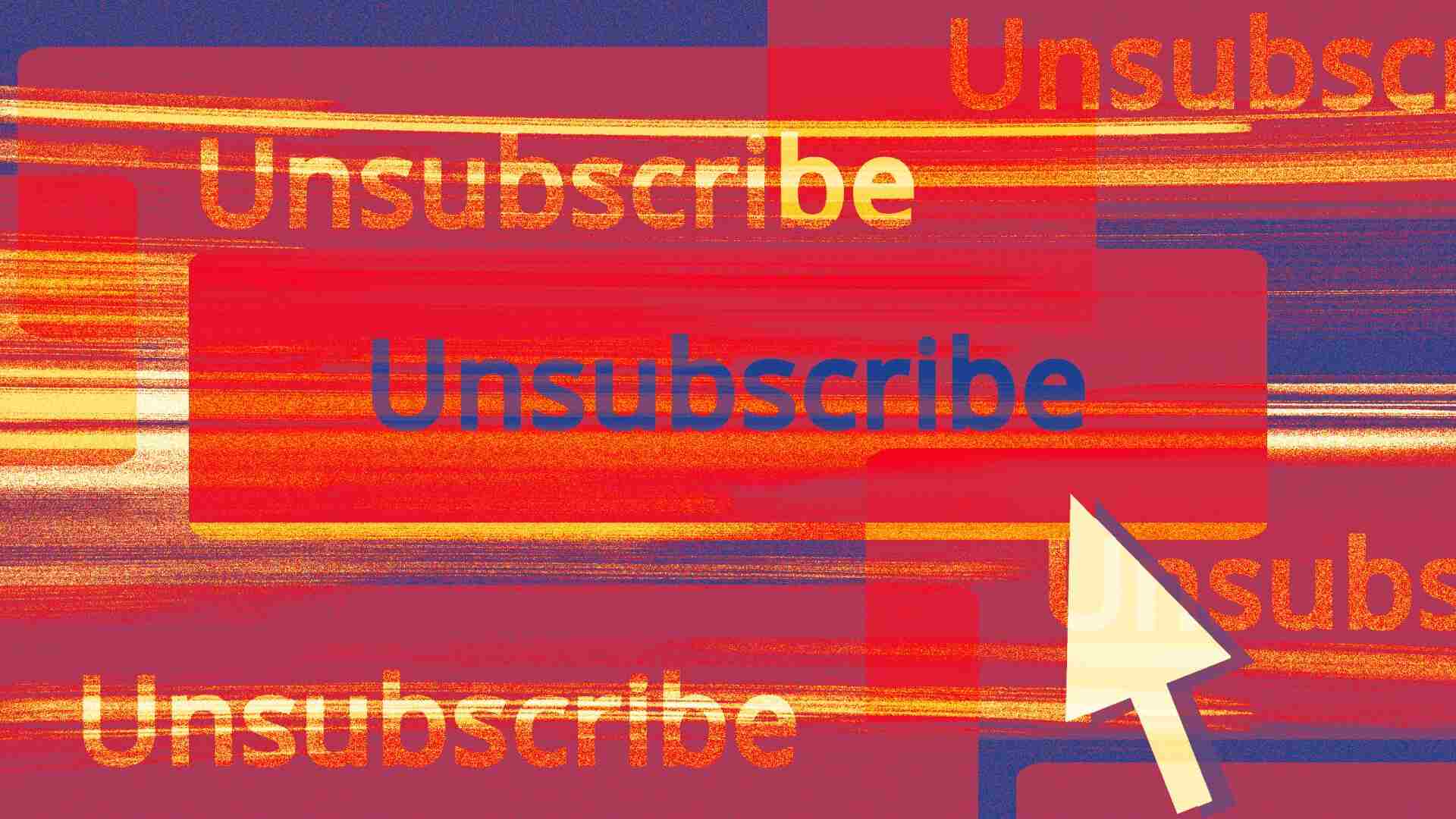- | 8:00 am
Streaming companies have a quitting problem—and the bundle could help fix it
First customers cut cable, now they’re cutting streaming subscriptions like Hulu and Peacock. But new bundles could make it harder to walk away.

Branded is a weekly column devoted to the intersection of marketing, business, design, and culture.
Quitters are having a moment. Always a headache for digital-subscription businesses, they’re even more of an issue when such businesses mature and can no longer rely on breakneck growth to counter churn worries. The quitter problem has lately been in the news thanks to the Justice Department suing Adobe for allegedly making its subscriptions deceptively hard to cancel (which Adobe broadly denies). But a more subtle example has gradually been shaping a different category: the hotly competitive streaming video race, where the emergence of bundling looks like the anti-quit tactic du jour.
Long ascendent and growth-focused, the streaming business is now jammed with competitors jostling for attention. And a growing chunk of their customers have lately proven they’re willing and able to quit. Earlier this year, following the latest wave of video-on-demand fee hikes, a Deloitte survey found that 36% of U.S. consumers felt they were paying too much for streaming services; many said they were ready to quit if prices rose again. And that’s evidently no empty threat. Canceling is apparently easy, as plenty have demonstrated that they’re willing and able to do so: More than 40% reported having quit at least one service in the past six months.
Meanwhile, strategic quitting has become easy, and increasingly popular: signing up for a one-month trial or discount, then dumping it after watching a particular series or movie. Data from research firm Antenna estimates that nearly 30 million Americans have canceled a streaming service over the past couple of years—and that about a third of those resubscribed later. This mix-and-match approach, a far cry from the steady (albeit grudging) loyalty of the peak cable era, is partly enabled by ease-of-quitting. “Serial churning,” an Antenna analyst told the New York Times, has gone from “a very niche behavior to an absolute mainstream part of the market.” Or as one Reddit thread put it: “Be trendy! Cancel streaming services!”
Streamers, already under increasing investor pressure to convert growth into profit, have responded in a variety of ways. Most prominently, the introduction of cheaper ad-supported service tiers (combined with more cautious spending) has become an established norm. The rise of streamers teaming into various “bundle” deals is looking more and more like the next step.
There’s already quite an array available or reportedly in the works. Some have a unifying theme (a Disney/Fox/Warner Bros. sports bundle), or common corporate ownership (the Disney+, Hulu, ESPN+ “Disney Trio” bundle). But then there’s the recently announced Comcast StreamSaver bundle, combining Apple TV+, Netflix (with ads), and Peacock, in a $15-$30 month offering with no particular theme, but a combined-value proposition that seems designed to cement loyalty: it just feels harder to quit multiple services than one service, especially when the combo is much cheaper than the à la carte comparison price.
Thwarting quitters may be particularly complicated for streamers because on some level streaming was built by quitters—consumers who cut the cord or otherwise sought to free themselves from the widely disliked cable-bundle model. Enabling that freedom was an idea deeply embedded in the on-demand appeal to disgruntled viewers. So shifting gears to trap customers—with willfully complex cancellation procedures, for instance—might feel like not just a hassle, but a kind of brand-promise betrayal. The bundle is one response to this dilemma: It may not change the actual mechanics of quitting, but maybe it makes you a little less likely to investigate that process in the first place.





































